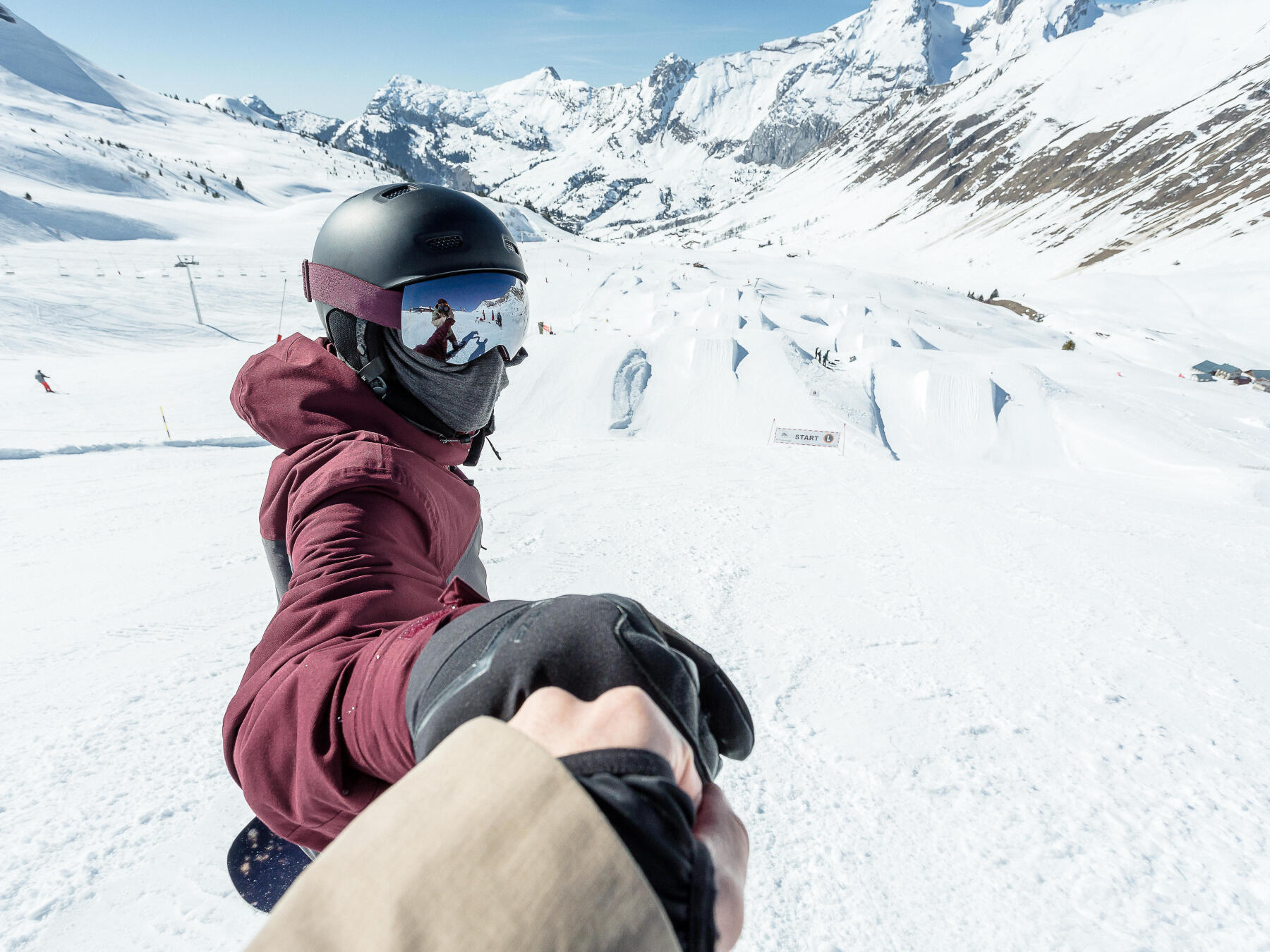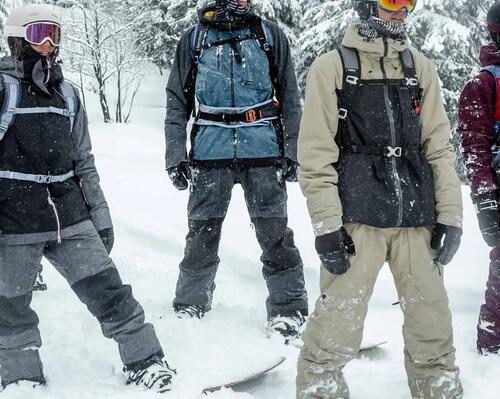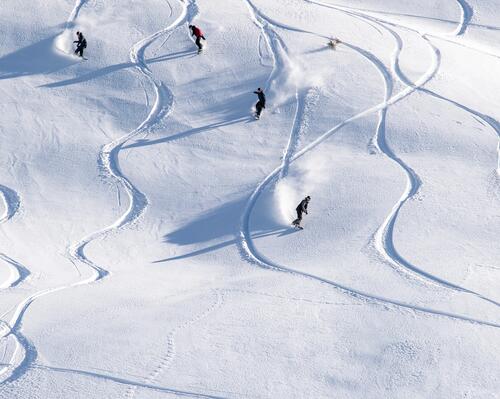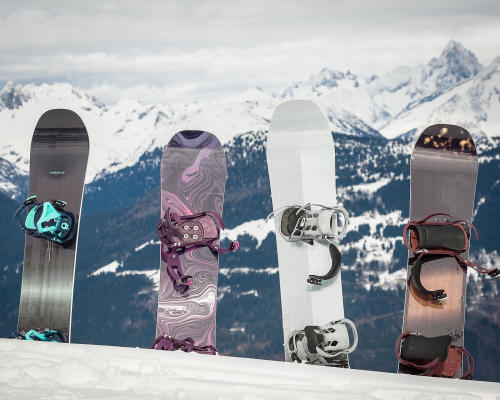1/ What is snowboarding?
A game that became a sport.
A plank of wood, a snowy descent, an idea. At the beginning of the 1920s, some American daredevils enjoyed riding on snow standing on a board. It started with skiers looking for new sliding sensations and new ways to get down from the snowy slopes, who started to develop alternative solutions to slide on the snow.
In 1929 one of these innovators who made snowboarding history was a certain Mr Jack Burchett who had cut a board out of a sheet of plywood and tried to fasten the feet to it with horse bridles. The result was certainly far from snowboarding as we know it today, but Burchett would have been the first to make a snowboard.
In 1964, Sherman Poppen took up the game again and turned it into a sport. He decided to create a board by tying two skis together and a rope at the front to make it easier to balance and not to lose it in the snow. His wife named him " Snurfer" (from the words snow and surf), and he developed the concept, organised competitions, and then sold 500,000 units between 1966 and 1976. An extraordinary invention that has inspired a generation of children by allowing them to surf on the snow.








